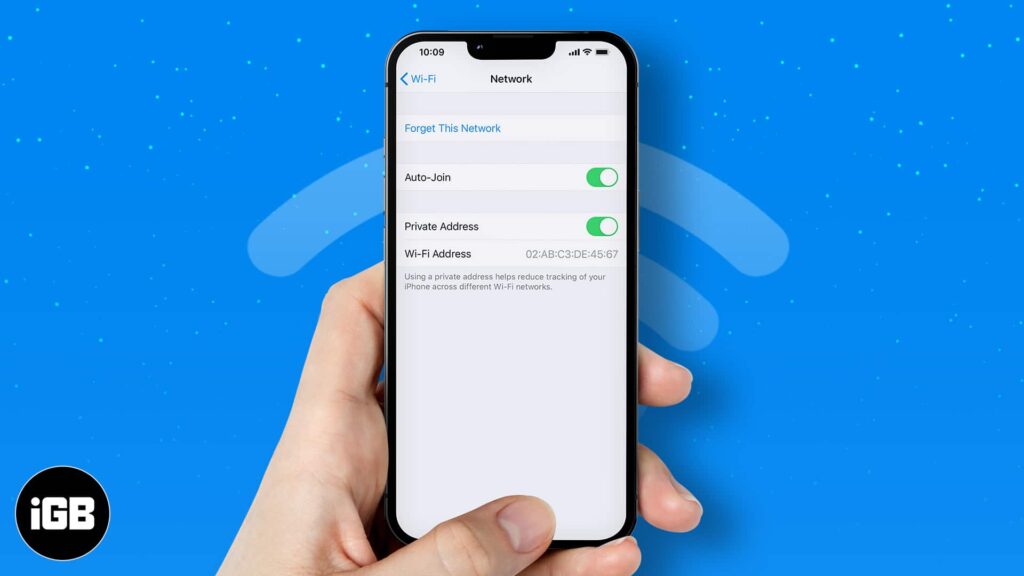Moving is stressful, but setting up your internet service doesn’t have to add significantly more to your plate. Transferring or canceling service and getting connected at your new place takes just a few steps. Your ISP (and this article) will help you along the way.
Most internet providers make it easy to transfer service when you move, but if your current provider does not serve your new address, you’ll have to take a few extra steps to switch internet providers. Even if your current provider is available at your new address, it may be worth checking whether any new ISPs are available in the area. Here’s how to go about a seamless transition of internet services from your current address to your new home, whether transferring service or signing up with a new provider.
At Cathect Internet, we understand how important it is to have a reliable and speedy internet connection in your new home or apartment. Whether you’re a student, a remote worker, or just someone who enjoys streaming movies, we’ve got you covered. In this guide, we’ll take you through the steps of setting up internet at your new place, so you can start enjoying your online activities as soon as possible.
Internet service moving checklist
- Check to see what providers and plans are available at your new address
- Decide whether to sign up for a new ISP or transfer your current service (if applicable)
- Contact your current provider regarding transferring or canceling your service
- Set up service with your new provider (if applicable)
- Carefully pack equipment and take it to your new home if transferring service, or follow the provider’s instructions for returning it
- Set up your existing or new equipment in a suitable location in your new home
Step 1: Check Availability in Your Area
Before you start looking for internet service providers (ISPs), it’s important to check the availability of internet in your area. Some ISPs may not provide services in certain locations, while others may have limited coverage. To check availability, you can visit the websites of popular ISPs or use online tools such as [tool name] to get an idea of the ISPs that offer services in your area.
Step 2: Compare ISPs and Plans
Once you have a list of ISPs that provide services in your area, it’s time to compare their plans. Different ISPs offer different plans with varying speeds, data caps, and pricing. Some ISPs may also require you to sign a contract, while others offer no-contract plans. Take some time to compare the plans of different ISPs and choose the one that best fits your needs and budget.
Step 3: Order Your Internet Service
After you have selected an ISP and plan, it’s time to place your order. You can either order online, call the ISP’s customer service, or visit a physical store if there’s one nearby. When placing your order, make sure to provide accurate information such as your address, name, and contact details.
Step 4: Schedule an Installation Date
Once you’ve placed your order, the ISP will schedule an installation date. The installation process may take a few hours or a full day, depending on the complexity of the installation and the availability of the technicians. Make sure to clear your schedule for the installation date and be present during the installation process to ensure everything is set up correctly.
Step 5: Set Up Your Modem and Router
After the installation process is complete, the technician will provide you with a modem and router (if applicable). Follow the instructions provided by the technician to set up your modem and router. If you’re unsure about how to set up the modem and router, you can always consult the ISP’s customer service or online guides.
Step 6: Test Your Internet Connection
Once your modem and router are set up, it’s time to test your internet connection. Connect your devices to the Wi-Fi network and run a speed test to check the speed and stability of your internet connection. If you notice any issues, contact the ISP’s customer service for assistance.
Conclusion
Setting up internet at your new home or apartment may seem daunting, but with the right information and preparation, it can be a breeze. By following the steps outlined in this guide, you can ensure that you have a reliable and speedy internet connection in your new place. If you have any questions or concerns, feel free to contact [company name] for assistance.


